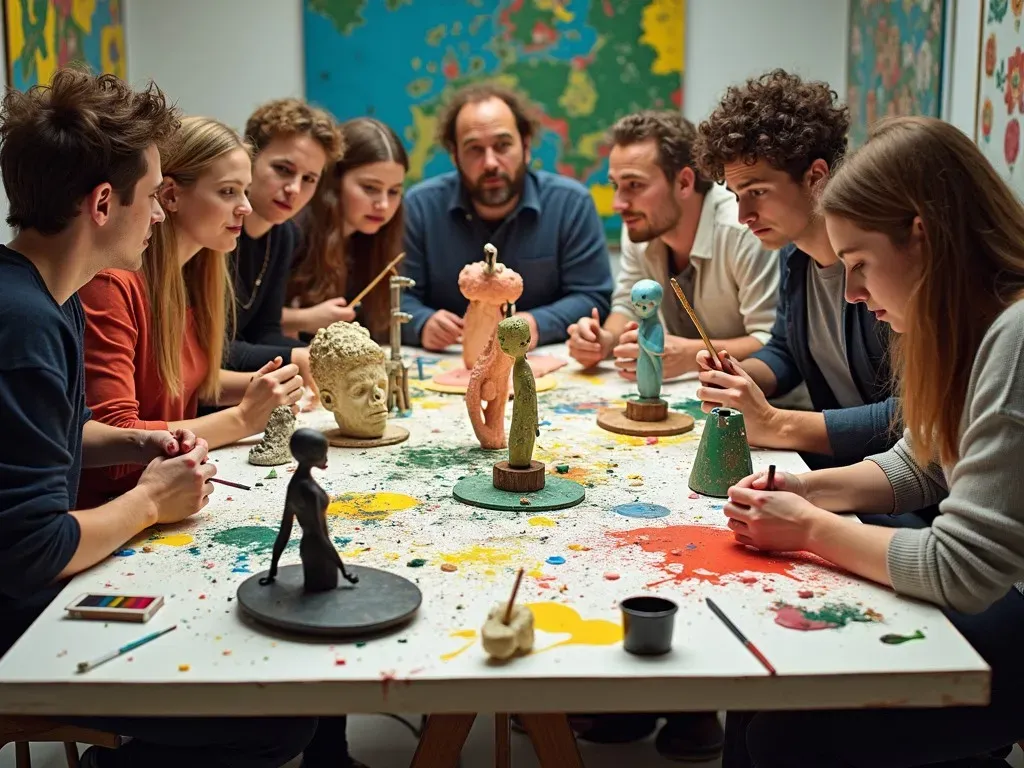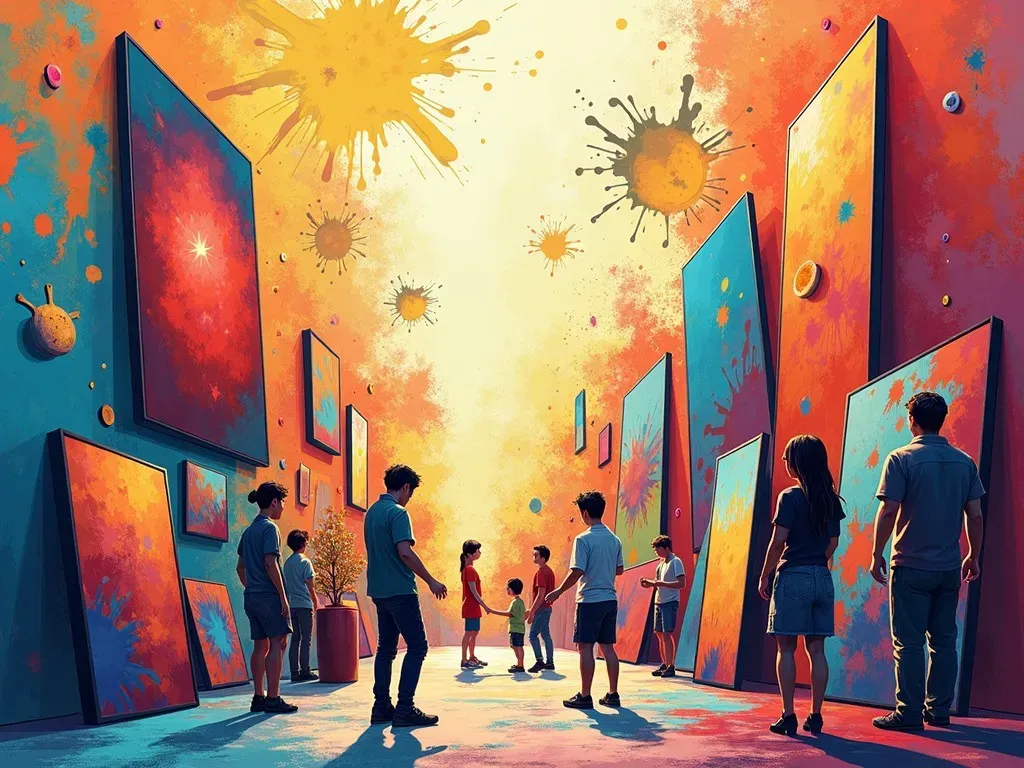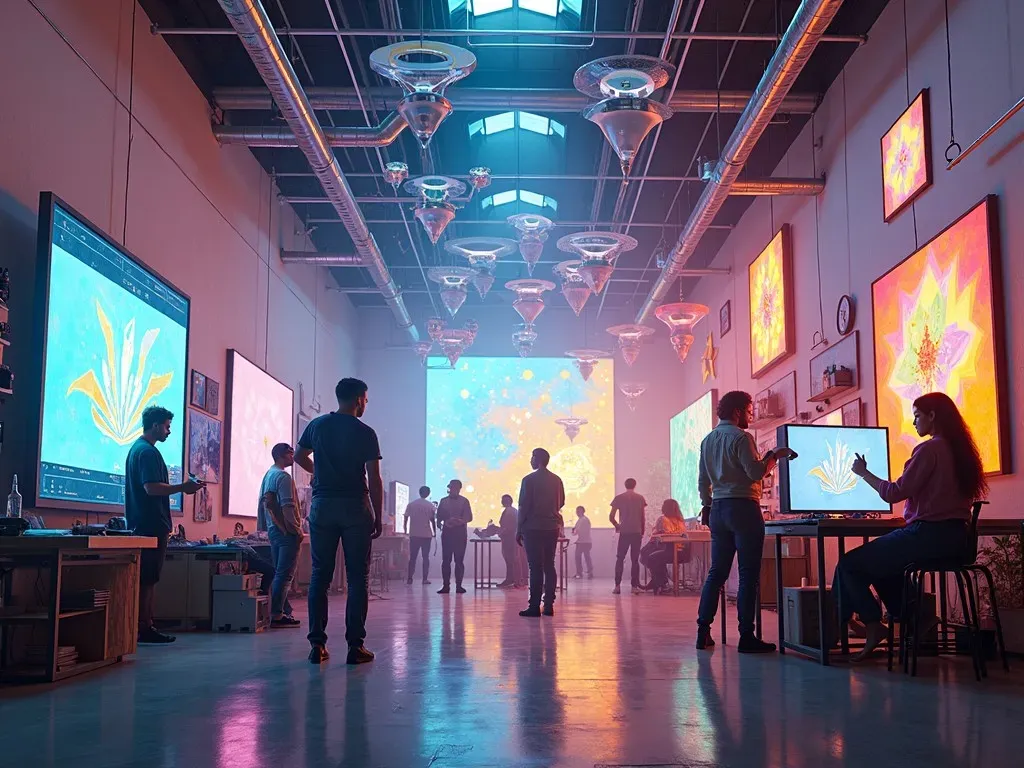In the realm of creativity, "confusing art" often evokes strong feelings of intrigue and curiosity among viewers. This genre challenges conventional notions of beauty and clarity, pulling observers into a complex interplay of thought and emotion. From perplexing visual puzzles to mind-bending surrealism, confusing art invites us to question our perceptions and dive deep into the artist’s intentions.
What Constitutes Confusing Art?
Confusing art can be characterized by an array of elements that disorient viewers. It often includes:
- Ambiguity: Lack of clear meaning or narrative.
- Surrealist Themes: Juxtaposition of reality and dreams, creating disorientation.
- Abstract Forms: Shapes and colors that defy logical interpretation.
- Hidden Messages: Use of symbols that may not be immediately recognizable.
Some of the most notable examples of confusing art come from iconic pieces like Salvador Dalí’s "The Persistence of Memory" or René Magritte’s "The Treachery of Images," each of which invites viewers to explore deeper meanings hidden behind familiar imagery.
Famous Examples of Confusing Art
| Artwork | Artist | Year | Description |
|---|---|---|---|
| The Persistence of Memory | Salvador Dalí | 1931 | Surreal clocks draped over a landscape raising questions about time. |
| The Treachery of Images | René Magritte | 1929 | This piece features a pipe alongside the text “This is not a pipe,” challenging viewers to reconsider representation. |
| Les Demoiselles d’Avignon | Pablo Picasso | 1907 | A groundbreaking work that incorporates fragmented forms and provokes discomfort. |
| Fountain | Marcel Duchamp | 1917 | A urinal presented as art, questioning the very definition of art itself. |
| Composition VIII | Wassily Kandinsky | 1923 | Abstract shapes and colors leaving observers with diverse interpretations. |

The Psychology Behind Confusing Art
The experience of encountering confusing art can be multifaceted. Here are some psychological aspects at play:
-
Cognitive Dissonance: When people engage with confusing art, they may grapple with conflicting thoughts and emotions, leading to a deeper connection with the work.
-
Emotional Engagement: Confusing pieces often elicit strong emotions—ranging from frustration to awe—encouraging viewers to interact with the artwork more intimately.
-
Intellectual Challenge: Viewers often feel compelled to solve the "puzzle" of the artwork, leading to greater reflection and discussion.
How Confusing Art Challenges Our Perceptions
Confusing art forces us to reconsider our assumptions about reality and representation. Below are some ways in which it impacts our perception:
-
Fostering Creativity: By questioning norms, these artworks encourage innovative thinking and creative exploration.
-
Highlighting Subjectivity: What is confusing to one person may bring clarity to another, emphasizing the subjectivity of art interpretation.
-
Promoting Discourse: Confusing art often sparks debate among critics, artists, and audiences alike, leading to rich dialogues.
Facts and Figures
-
According to a study by the National Endowment for the Arts, 60% of people who visit galleries and museums report feeling challenged by art.
-
In recent years, the market for contemporary art has seen a 25% increase in sales of abstract and confusing artworks.
| Year | Market Growth (%) |
|---|---|
| 2016 | 5% |
| 2018 | 15% |
| 2020 | 25% |

The Role of Artists in Creating Confusing Art
Artists play a pivotal role in crafting confusing art. Here are some common Techniques they employ:
-
Layering: Employing multiple layers of meaning, texture, and composition to create depth.
-
Multi-sensory Elements: Incorporating sound, movement, or interactive installations that transcend visual experience.
-
Subversion: Playing with viewer expectations to disorient and provoke thought.
Notable Confusing Artists
-
Salvador Dalí: A leading figure in surrealism, known for bizarre dream-like scenarios.
-
Marcel Duchamp: His ready-made artworks redefine art’s essence, pushing boundaries of conventional medium.
-
Susan Rothenberg: Her abstract works intelligently blend the figurative with expressionism.
FAQs about Confusing Art
Q: What should I look for when interpreting confusing art?
A: Consider personal feelings, historical context, and both formal and informal elements of the artwork.
Q: Are all viewers meant to "understand" confusing art?
A: No, some art is created to evoke emotion rather than to deliver a clear message.
Q: Can confusing art still be considered beautiful?
A: Absolutely! Beauty is subjective, and many find elegance within the perceived chaos.
Q: Why do artists create confusing art?
A: It expands the boundaries of perception and narrative, allowing for exploration of complex themes and ideas.
The Future of Confusing Art
With the rise of technology and mixed media, artists are redefining the boundaries of confusing art. Virtual realties, augmented experiences, and AI-generated pieces will further augment the confusion, pushing audiences toward even more profound artistic experiences. Iconic galleries and museums are beginning to adopt these modern approaches, not only keeping the idea of confusing art alive but propelling it into new domains.
For deeper exploration into this subject, visit The Collector for more on intriguing and controversial artworks that challenge viewers’ perceptions.

In conclusion, confusing art captivates and perplexes audiences, sparking intellectual and emotional conversations. Its place in art history emphasizes the importance of subjective perception and invites viewers to confront their understanding of reality itself.
